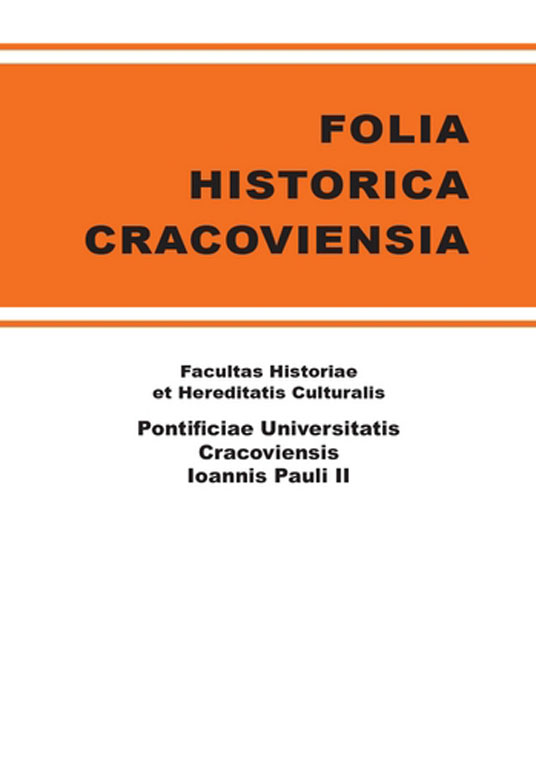

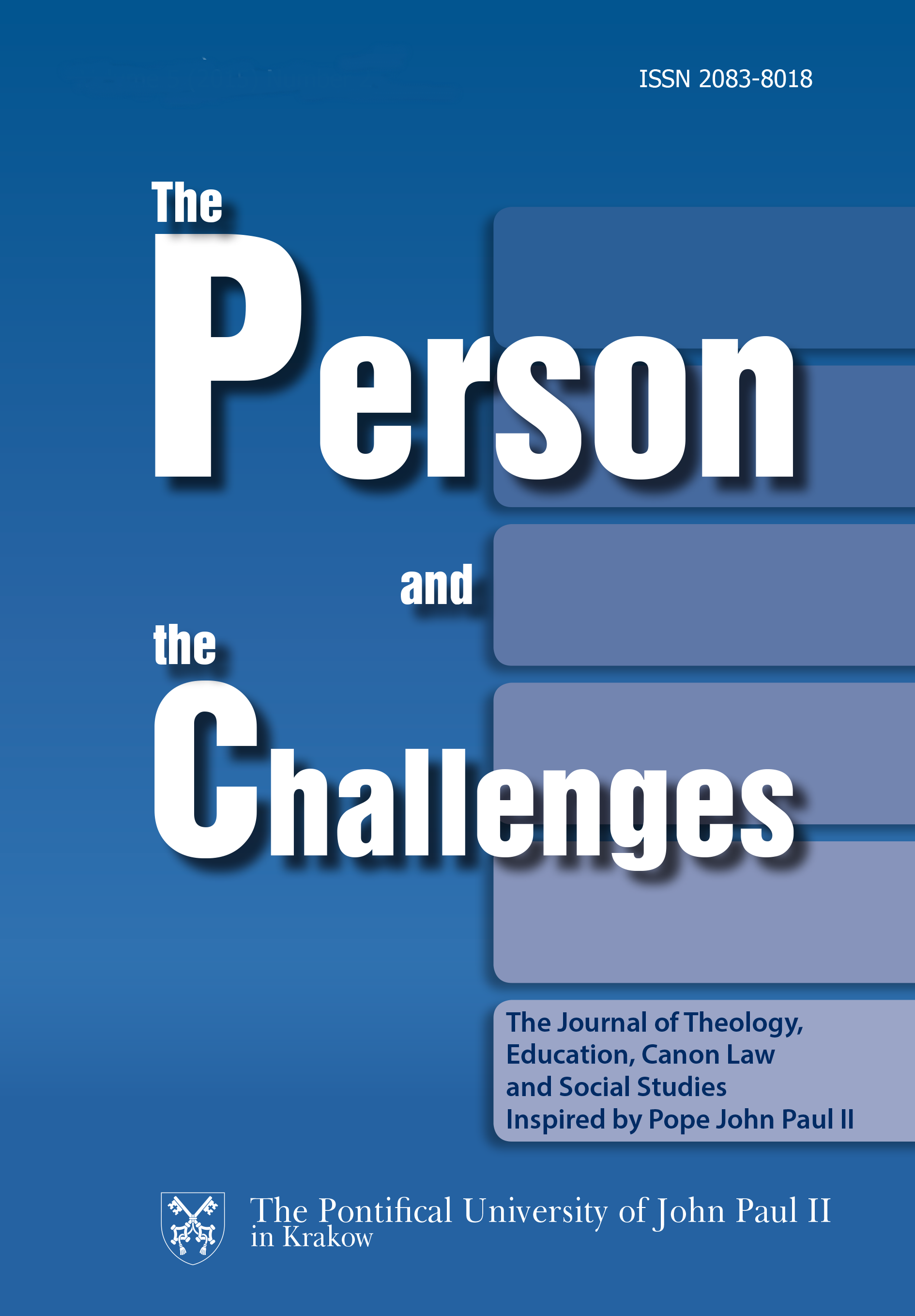
Keywords: Saint Teresa Benedicta of the Cross (Edith Stein); theocentrism; threefold structure of the human being; body; soul; spirit
This article proposes the thesis that Edith Stein’s late anthropology has a theocentric orientation. The threefold structure of a human being consisting of a body, soul and spirit is examined in order to validate the thesis. First of all, the finitude of a human being points out to the eternal being and – consequently – human beings are not conceivable by themselves, without the context of God. Moreover, the hylomorphic union of the body and soul adopted from Aristotelian and Thomistic philosophy is enriched in Stein’s anthropology by the concept of spirit. This results in a threefold structure and is reason enough to suggest man’s iconic similarity to the Trinity. Furthermore, Stein takes over St. Teresa of Avila’s concept of an internal center of the soul, which can be a meeting point between a person and God. The analysis of the soul’s center supports the main thesis.
More...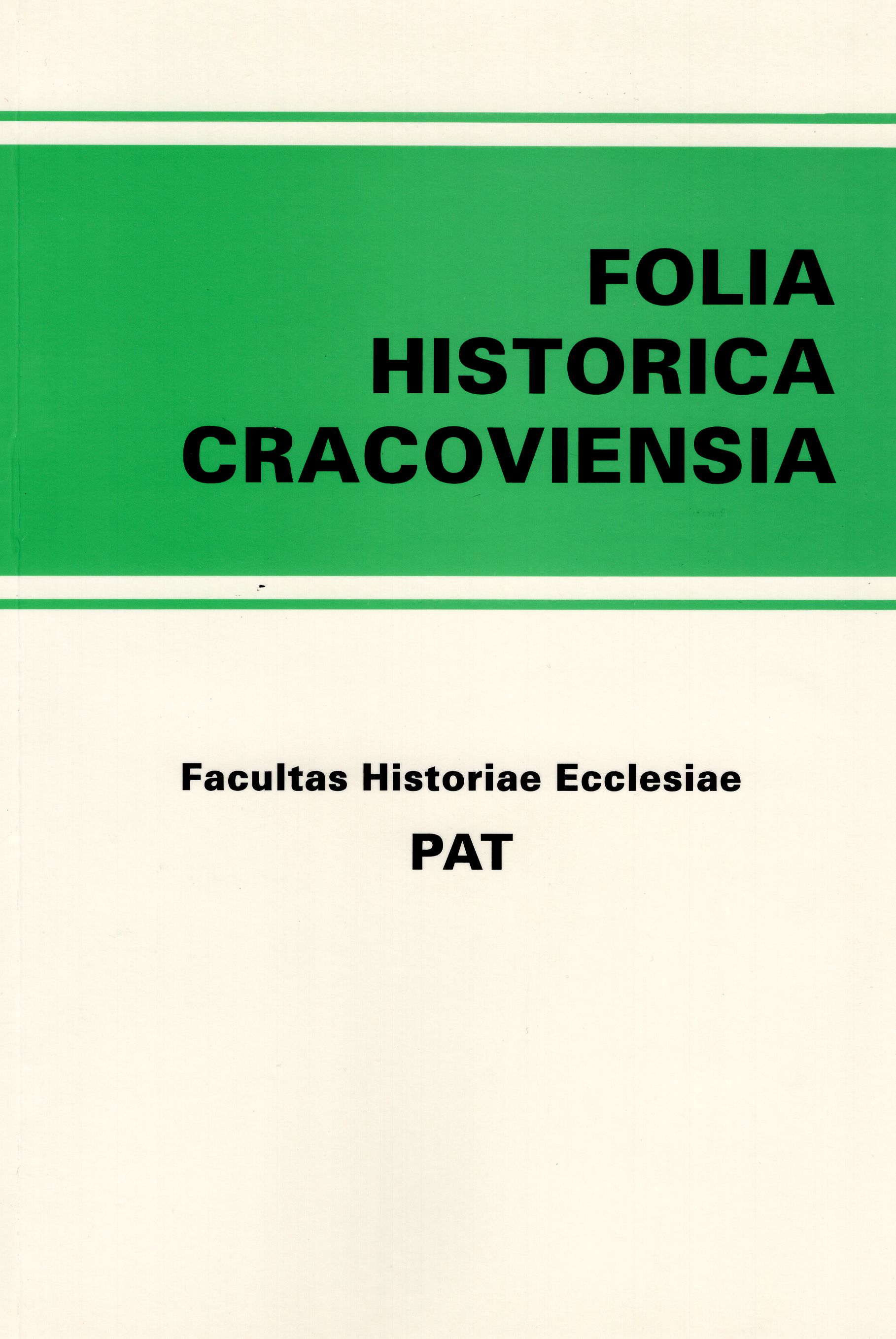
Keywords: Camaldolese; St Romuald
The Camaldolese vocation ultimately boils down to submitting oneself to the voice of the Father, guiding a man out into the desert so that Jesus becomes the sole subject of his thoughts, desires and love. The article reveals aspects of a hermit's experience of the Camaldolese belief. Powołanie kamedulskie sprowadza się w swej istocie do posłuszeństwa głosowi Ojca, który wyprowadza człowieka na pustynię, by Jezus stał się jedynym przedmiotem jego myśli, pragnień, miłości. Eremickie doświadczenie samotności, postu i milczenia przenika w głąb paschalnego misterium Chrystusa, w którym wymiar hańby, ubóstwa i ogołocenia owocuje, paradoksalnie, pełnią życia. Pustelnik z całą świadomością żyje niejako „na marginesie” społeczeństwa, z własnego wyboru staje się nie-użyteczny, by tym mocniej podkreślić prawdę ukazaną w świetle logiki Bożego królestwa, a jednocześnie obnażyć jałowość życia zamkniętego w ramach „czasu marnego”. Artykuł prezentuje apekty pustelniczego doświadczenia wiary kamedulskiej.
More...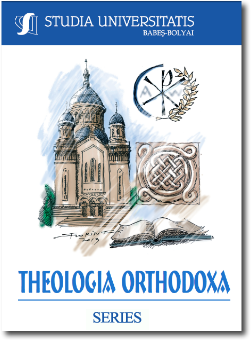
Keywords: Joseph Hazzaya; spiritual itinerary; Christology; stage; conduct.
Joseph Hazzaya is one of the most well-known East Syriac mystics and a prolific writer, belonging to the same spiritual and theological family together with Isaac of Nineveh, Simon of Taibuteh and John Dalyatha. His name is also mentioned in the Christological debate of 786-787 in the East Syriac Church, during the time of Patriarch Timothy I, next to John the Solitary and John Dalyatha. The first chapter of this paper is dedicated to his theological biography, as revealing an important historical meeting between a scholastic-dogmatic theology and a spiritual-monastic perspective. The second section focuses on the tripartition of the spiritual life within the frame of the East Syriac ascetical tradition, in particular in reference to John the Solitary, “the father of the East Syriac spirituality”. And in consequence, the third chapter connects the three-fold stages of spiritual itinerary with the monastic life, for Joseph Hazzaya was a prominent representative of this milieu and all his writings were generated in this vein. The scope of this paper is to recuperate the personality of a great mystical author banished by the ‘Western’ Byzantine Church because of his belonging, as well as occasionally, by his own community.
More...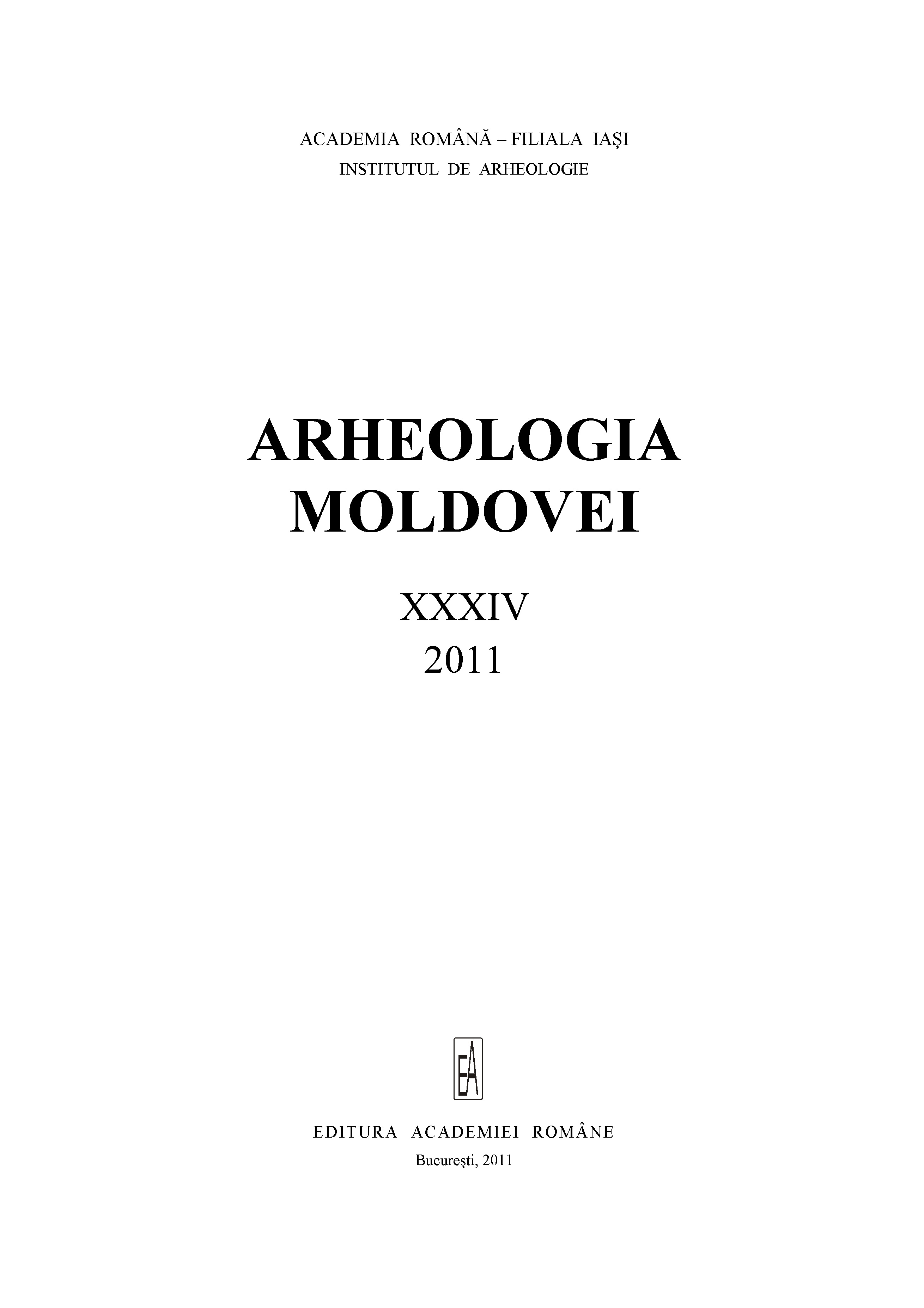
Keywords: Cucuteni-Tripolye; Werteba cave; synthesis
Since times immemorial caves have been known as temporary and seasonal living places. In some cases they were used as places for different activities, such as processing artifacts (pottery, tools, weapons, jewels) or cult. In this study we are especially interested in the last aspect, involving cult activities. We briefly present other different caves used for such a purpose, in Romanian and in Europe. Some discoveries prove that caves used to shelter sanctuaries, offerings, ritual wells, and sometimes they were used as necropolises by some communities. It seems that, starting with the Copper Age, cult practices in the caves became more frequent.For the Cucuteni-Tripolye horizon the unique cave with traces of habitation is Werteba, near Bilcze Złote (Podolian Plateau), today in the Ukrainian territory. We make a short incursion in the history of its discovery, and of the artifacts found there. In the same area, there are other sites related to the cultural complex under discussion; the nearby copper and salt-water sources, together with the hydrographic system (the Siret, the Dniester and their tributaries) and the soil quality account for the location of these sites. Very interesting are the artifacts that were found in the cave. Unfortunately, not all of them have been published until now. Another problem is the relation between these artifacts and the human graves, human skulls or dispersed human bones (pieces from about 120 persons) in the cave. From that point of view the site is very important, since, generally, we know few things about the graves or necropolises of this cultural complex. Many and various artifacts have been discovered (a main characteristic of such communities!); however, there has been no comprehensive publication, but only some reports and articles. Pottery represents the main kind of finds, the painted one prevailing (75%). Various motifs and symbols (geometric, zoomorphic, astral, vegetal) were used, many related with fertility and fecundity, and to attributes of the Great Mother Goddess. There are also anthropomorphic and zoomorphic statuettes, as well as stone artifacts. Very interesting and various are also the bone artifacts: spatulas, awls,40 daggers, pendants (one of which became famous immediately after its the discovery, namely the one shaped as a bull’s head with a feminine deity incised on it). The jewels are also represented by amulets made by perforated fangs(dog, deer), as well as shells and copper beads. The richness and diversity of the artifacts found in the cave, their association with human remains, the hearths, the statuettes found in some of the cave's niches, impose the idea that the place was used for cult practices. We also agree to this interpretation; and still there are some enigmas, related to unsolved problems: the so-far superficial presentations of the discoveries, the nature of the relation between artifacts and human remains (graves, skulls, dispersed bones). Another problem is to what site the cave belongs: to the nearest one at Bilcze Złote – Ogród, or to other communities of the area too. Did the cave represent a necropolis for one community (human bones from 120 persons), or does it also reflect some symbolic burials (skulls, other dispersed bones)? Did the artifacts in the cave represent parts of the funerary inventory, or did they represent offerings? The recently discovered 16 skulls can reflect a skull cult, or an ancestor cult, as also manifest on other sites of the same cultural complex; but even the latest publication presents too general data, without the context of the discoveries or the association of the artifacts! Radiocarbon data for Bilcze Złote – Ogród and for the Werteba cave, as well as the analysis of the archaeological material (pottery and stone artifacts) provide a chronological frame for both sites, the cave having being occasionally used throughout a period of about 1000 years. As a conclusion, we believe that the Werteba cave is a unique, very important site of the Cucuteni-Tripolye cultural complex. In the future, a new, complex analysis of the conditions of the discoveries and on the relation between the artifacts and the human remains will provide new data that can make possible a better understanding of the cult practices that took place there.
More...
Keywords: historiography; Bucovina;19th century
Pour se contourner une image plus claire sur les débuts des recherches archéologiques en Bucovine, il est nécessaire de connaître en détail la vie, l’activité, l’oeuvre écrite des premiers archéologues de cette province historique, qui, dans la période 1774–1918 a appartenu à l’Empire Habsbourgeois, ensuite à l’Empire Austro –Hongrois. Dans le médaillon ci-joint, nous nous sommes arrêtés sur un personnage important, injustement oublié: le professeur Heinrich Klauser, inspecteur scolaire et conservateur pour la I-ère section de la Commission Centrale de Vienne. Quoique pas nombreux, les rapports qu’il a envoyés dans la capitale de l’Empire, mises en valeur du point de vue publiciste en Mittheilungen derk. k. Central-Commission…, et en Berichte der k. k. Central-Commission…, font référence aux découvertes préhistoriques, ainsi qu’à celles médiévales. Même si H. Klauser est resté inconnu pour les historiens et les archéologues d’aujourd’hui, on ne peut plus douter de l’importance de ces recherches. Il est le premier archéologue qui a investigué, tout seul ou en collaboration avec le prêtre Vasile Tomiuc de Rădăuţi, les premiers tumuli de la Bucovine du cadre des nécropoles de Horodnic de Jos et Volovăţ (dép. de Suceava), datant de l’âge du bronze et du premier âge du fer. Il a écrit, aussi, sur les fouilles de la station Cucuteni de Şipeniţ (aujourd’hui en Ukraine), tout en envoyant à Vienne un valeureux matérie ldocumentaire illustré.
More...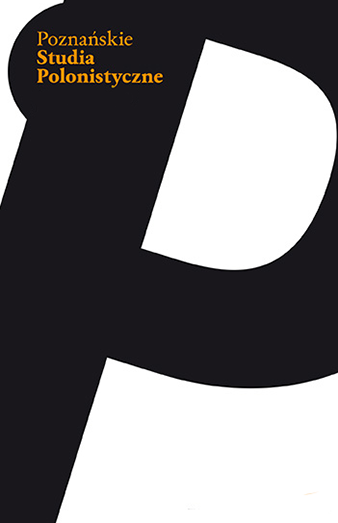
Keywords: tongue; word; language and speech; diatribe; medicine; anatomy; cure; poison; illness; physiology; philosophy; philology;
The article entitled “Lingua by Erasmus of Rotterdam – between physiology, philosophy and philology” is devoted to the treatise “Lingua, Sive, De Linguae usu atque abusu Liber utillissimus” which was originally published in 1525, while in an anonymous Old Polish translation it first appeared in 1542. It represents one of the most important voices in then Europe on the role of language in international social communication. In it issues related to the ethics of language, seen from a theological, philosophical and philological perspective, were taken up by the Rotterdammer, using references to medical and natural sciences. The combination of these areas of knowledge has become the subject of in-depth analysis in the article. The term „tongue”, which is equivocal in meaning, is understood in the treatise as the organ for as well as the process of speaking. As a consequence, the „physiology of language” presented in the Lingua, resulting in an extended lesson in anatomy, eventually moves the discourse into the area of reflection on the importance and role of word both in interpersonal association and in the Christian „galaxy” – the humanitas, as a factor for its integration and guarantor of peace.
More...Keywords: Jöchid; Čingīz-nāma; Golden Horde; Right and Left Wings system; White Horde; Blue Horde;
The aim of this paper is to reconstruct the history of the Jöchid, placing emphasis on the “inner sources of the Jöchid”, especially on the Chingīz-nāma. First, we re-examine the essence of the term “Golden Horde”, and make an attempt to point out that the appellation “Golden Horde” used for the Jöchid may go back to earlier times than the late 16th century. Secondly, it is demonstrated that the Jöchid had been divided into Right and Left Wings after the reign of Toqtagha at the latest and this structure continued even after the unification of both wings by Toqtamïsh, a fact that historians in the Timurid Empire were also well aware of. Thirdly, the study shows that, at least by the late 14th century, it was recognised that the “White Horde” referred to the Right Wing or the entire Jöchid, while the “Blue Horde” to the Left Wing.
More...Keywords: Mongol Empire; Mongol Western Campaign; Hungarian mediaeval sources; Dominican missions to the East; ultimatums of the Mongol khans; eschatological perceptions of the Mongol invasions;
The author of this article examines the gradual accumulation of information in the Hungarian Kingdom about the Mongol Western Campaign and the corresponding propagation of this information in Western Europe. The primary information was brought to Europe by the Dominican friar Julian after his return from his travel to the Volga Magyars at the end of 1235. The letter of friar Julian written at the beginning of 1238 is replete with information about Mongol tactical warfare, previous military campaigns of Chingis Khan and Jochi, and the first Mongol conquest in the early stages of the Western Campaign of Batu. He also brought an oral report of the Prince of Vladimir on the Mongol plans to attack the Hungarian Kingdom. Soon the content of Julian’s letter became known in Western Europe. The Hungarian King Béla IV started to make preparations for the imminent Mongol invasion and attempted to organise resistance.
More...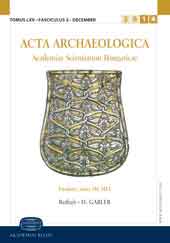
In memoriam to Barnabás Lőrincz (1951–2012)
More...Keywords: history of Pannonia; the rule of Caracalla; value of antique written sources; Caracalla’s route to the East;
In his paper the author examines the written and epigraphic sources on Caracalla’s visit to Pannonia. Despite the earlier hypothesizes the visit must bed dated to the autumn of 213 because the emperor stayed at the end of December in Nicomedia. As the Alamannic war ended only in September and his route to the East Caracalla could spend a very short time in Pannonia, i. e. he travelled only through the province that is why the written sources hardly mentions this visit. Most of the inscriptions mentioning the emperor from this period has nothing to with this visit. Based on a Greek inscription from Ephesus the emperor had to stop only in Sirmium most probably because of the Dacian problems. He had no time to visit Dacia either. A Barbarian attack into Pannonia under his reign must be ruled out.
More...
Review of: D. Gabler - P. KOVÁCS–B. FEHÉR (a cura di): Fontes Pannoniae antiquae 1–2. I. Scriptores geographici antiquiores. Aetas occupationis Romanae (usque ad a.D. 54). II. Historia Pannoniae ab a.D. LIV usque ad initia belli Marcomannici (CLXVI). Univ. Gáspár Karoli, Budapest 2003.
More...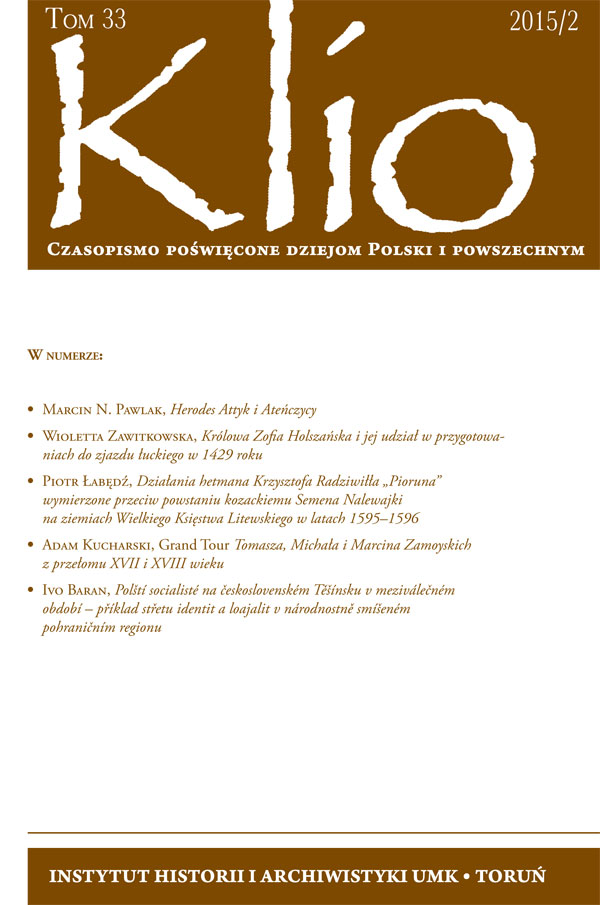
Keywords: Congress of Lutsk January 1429; Sophia of Halshany; Sigismund of Luxembourg; Wladyslaw Jagiello;
Referring to the source material not used so far, the article presents the role of Sophia of Halshany – the fourth wife of Wladyslaw Jagiello – in organizing the congress in Lutsk in 1429. It was determined where and in what circumstances an idea was developed to send the queen with accompanying persons to Witold in Lithuania for the reason of organizing the said congress. At a rough estimate, the time and place of the diplomatic mission were established. The trip to Lutsk taken by Sigismund of Luxembourg and his wife, Barbara, was described as well as the preparations made by Sophia in Cracow at the beginning of 1429 to welcome them. This may lead to the conclusion that the King of Hungary intended that the queen of Poland was absent at the congress of Lutsk.
More...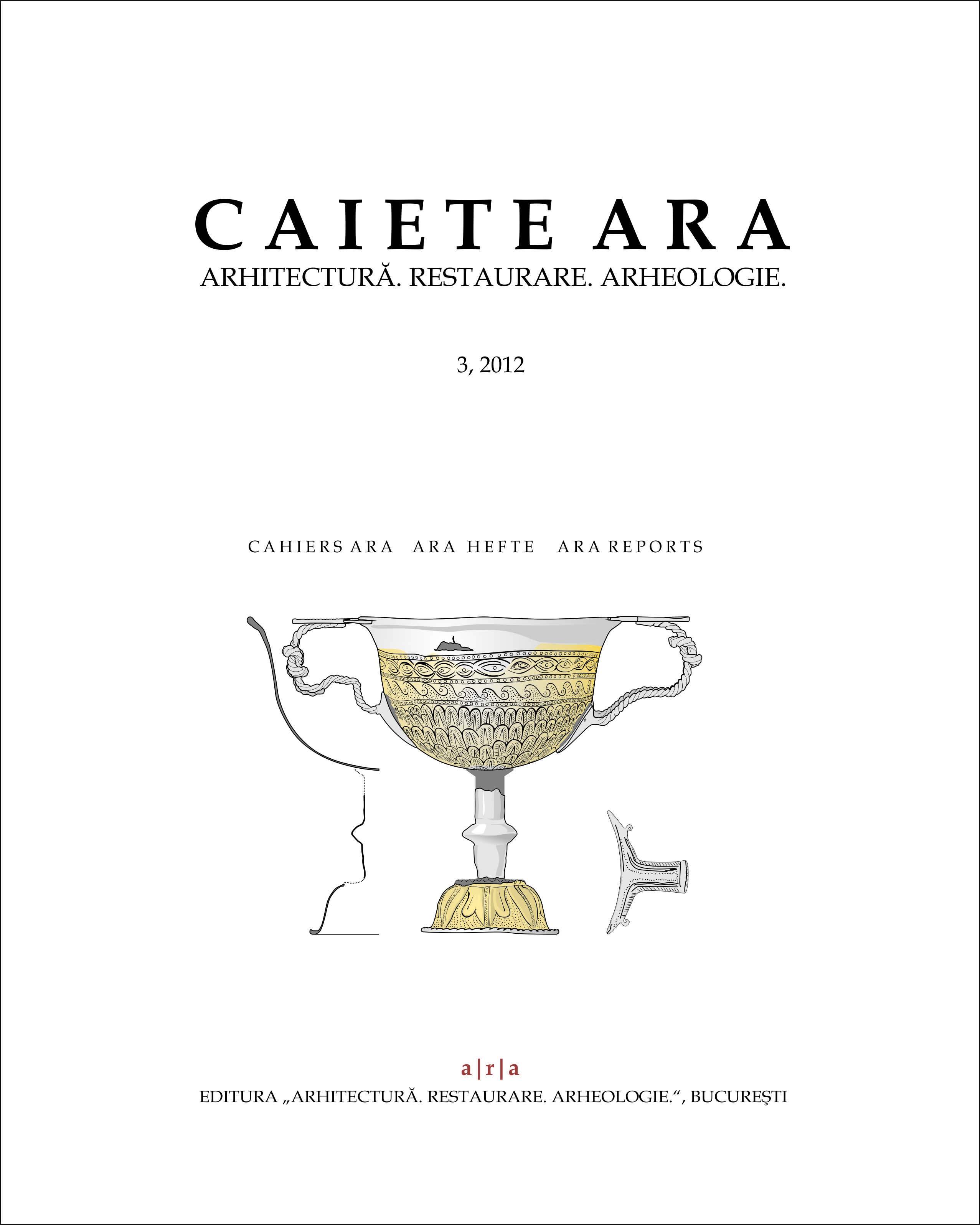
Keywords: Moesia inferior; written sources; archaeological sources; inscriptions; itinerary; road; milestone
In Moesia inferior traces of Roman roads are rare. Most of their descriptions belong to the late nineteenth century and were carried out especially by the Shkorpil brothers. Many of the roads thus mentioned do not exist anymore. The aim of this article is to propose the reconstitution of the communication network of the province based on the analysis of literary, epigraphic and archaeological sources. The most important written sources are listed grouped by the type of given information on the roads: definition, types, stages of construction, juridical regime etc. The cartographic sources are the main ones: Tabula Peutingeriana, Itinerarium Antonini, Notitia Dignitatum etc. Epigraphical and archaeological sources are added to these. If the literary or juridical sources, maps, etc. contain general information, valid throughout the Roman Empire, for the reconstitution of the road system of Moesia Inferior the most important role is played by inscriptions: the milestone inscriptions, those mentioning military annexes built along the roads or second-ranking soldiers charged with guarding roads. All these data enable not only to outline the routes but also to establish their chronology.
More...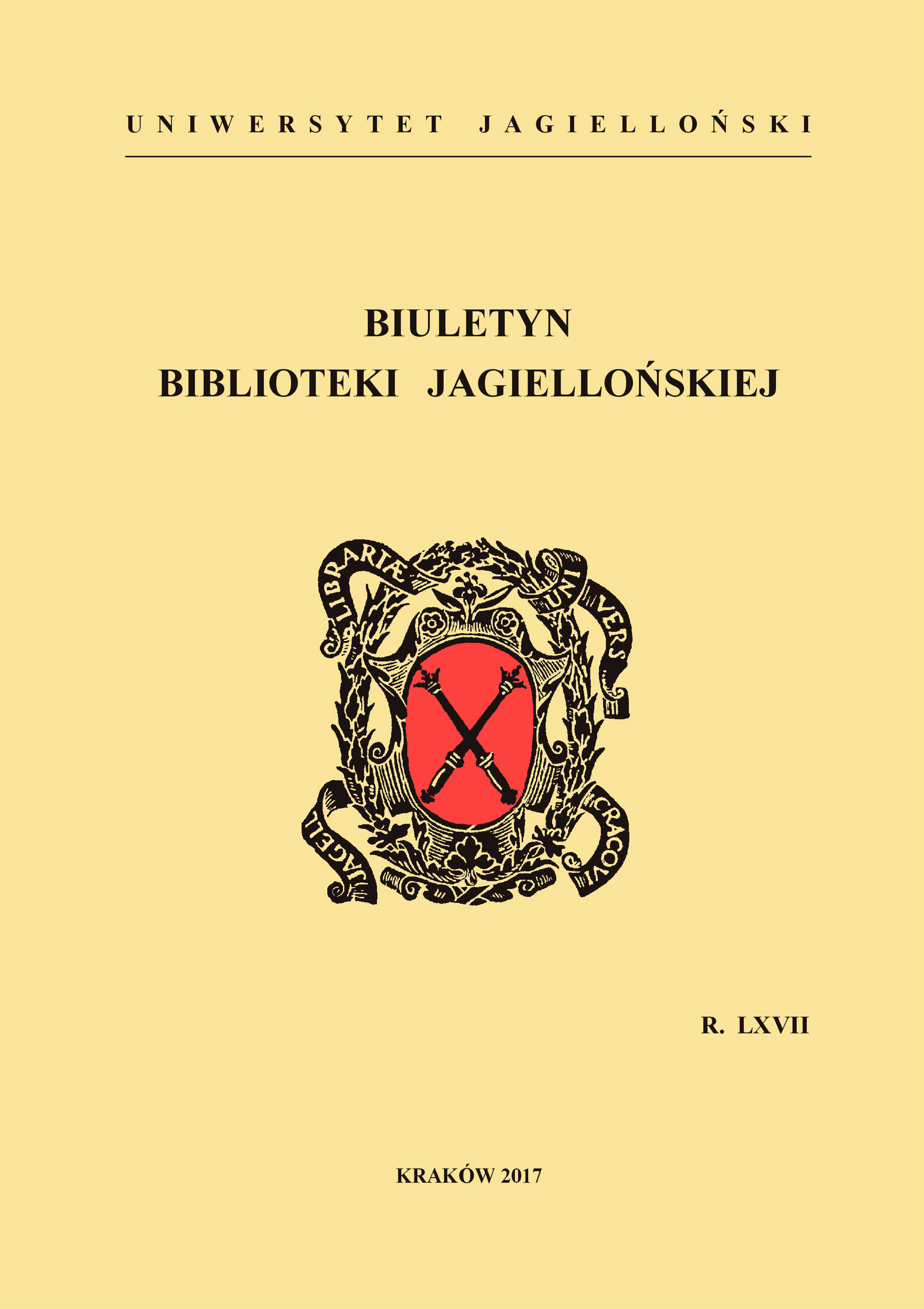
Keywords: rhetorics;Jan of Ludzisko;speeches;letters;manuscript;humanism
The present article contains an analysis of the rhetorical texts which are to be found in a fifteenth-century manuscript held by the Jagiellonian Library (shelfmark 126). This collection was probably copied from a codex brought to Cracow from Italy by Jan of Ludzisko, who studied medicine in Padua from 1430 to 1433. It consists of humanist and mediaeval texts (mainly speeches and letters) and clearly served as a model for the speeches which were written both by Jan himself and by his pupil Piotr Gaszowiec. An analysis of the full texts (and not only of the incipits) allows us to identify the hitherto unknown authors and/or the time and place of origin of some of these works. This in turn shows that the texts in the collection are divided into certain sections, some consisting of works by the same author (e.g. the speeches of Cristoforo Barzizza or the panegyrics of Bernardo Messalta) and some of speeches meant to be delivered on particular occasions (e.g. praising the sciences or mourning someone’s death). Apart from very popular fifteenth-century texts such as Andrea Giuliano’s speech for the funeral of Emanuel Chrysoloras, the collection also includes Italian rhetorical texts which had hitherto been known only from the Cracow manuscripts. An analysis of the manner in which the works are arranged within the volume in question allows us to distinguish certain “packages” of texts that are also present in other European manuscripts. Most of the texts which are included in this collection came into existence in circles having connections with Padua and Venice, but some of them were written during the Council of Constance by the outstanding Florentine humanists Poggio Bracciolini and Leonardo Bruni. For this reason, Ms 126 makes it possible to carry out research on the reception of Italian intellectual culture as well as on the very process of the transmission of Italian patterns of writing to Cracow circles. It also proves that the circles of Padua and Venice served as important intermediaries or ‘filters’ in the process of the transmission of Italian patterns to Cracow.
More...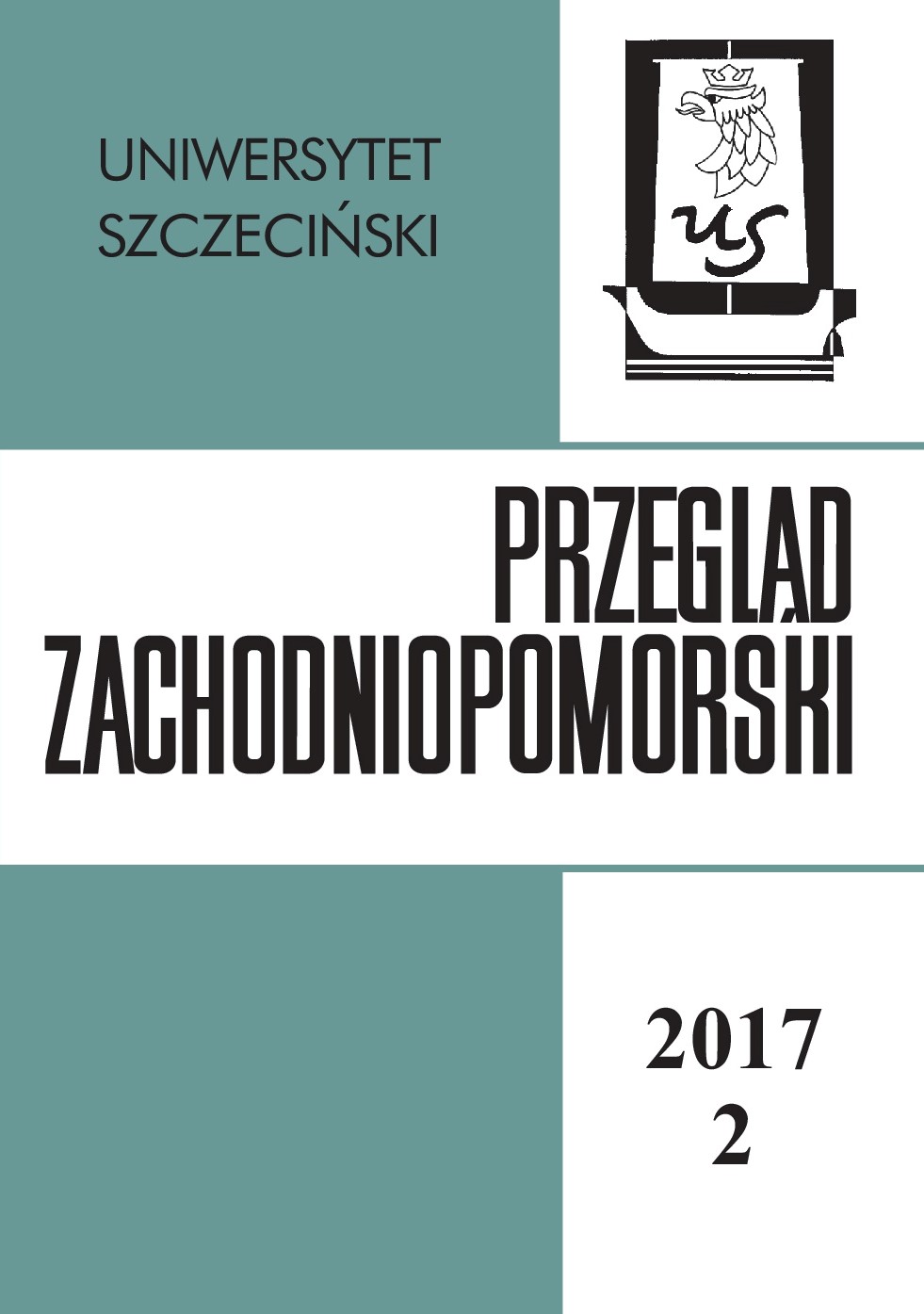
Keywords: Kingdom of Poland; West Pomerania; Duke Casimir IV (Kaźko); Emperor Charles IV
Casimir IV – Kaźko (ca. 1351–1377), Duke of Słupsk and Dobrzyń, Lord of Bydgoszcz, has piqued the historians’ interest mostly due to the fact that he was the only maternal grandson of the Polish King Casimir III the Great (1310–1370). Recognised by his grandfather, for a brief moment he was a legitimate candidate for the Polish throne. The Pomeranian duke played a role in Casimir III the Great’s anti-Teutonic policy (his marriage with the daughter of the Grand Duke of Lithuania, Algidras) and in his succession negotiations with his nephew – King of Hungary, Louis the Great. Kaźko’s significance in international dynastic politics has greatly increased with the marriage between the German Emperor and King of Bohemia Charles IV and Kaźko’s elder sister, Elisabeth (1363). As the emperor’s brother-in-law, he became an important, although passive, element in the succession plans designed by Charles IV and the Polish supporters of the Luxembourg dynasty – a faction of legitimists, opposed to the prospect of the Polish Crown falling in the hands of the Hungarian Angevins. The Hungarian king’s retaliation, which ended in breaking the stipulations of Casimir III the Great’s testament, resulted in Louis claiming the Polish Crown. In the emperor’s eyes, Kaźko has lost his political value and became an exemplary vassal of the King of Poland and Hungary, Louis the Great. While fighting in the king’s service, Kaźko was severely wounded and died shortly after (January 2, 1377).
More...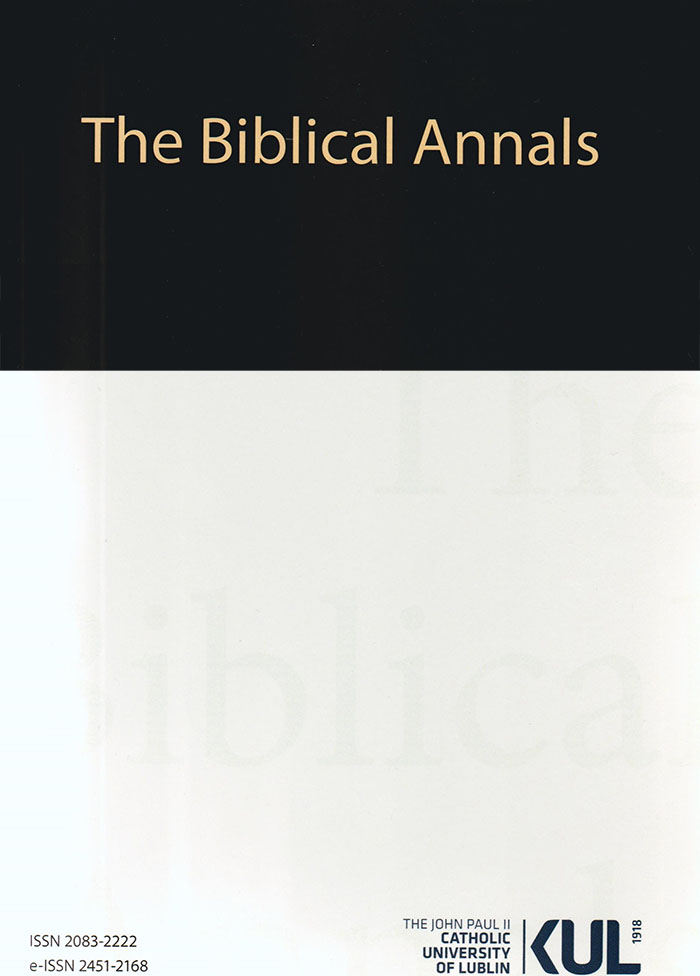
Keywords: book review; religion; Christianity;
Review of: Michelangelo Priotto (ed.), "Libri sapienziali" (Parole di Vita 8; Padova: Messaggero di Sant’Antonio 2015). Pp. 488; by: Andrzej Piwowar
More...Keywords: history of Pannonia; Latin epigraphy; Hadrian; Batavians
In his paper the author deals with the famous verse inscription CIL III 3676 that described an event in Pannonia in 118 AD during Emperor Hadrian’s visit. Based on the thorough examination of the very long manuscript tradition of the text the lost epitaph was most probably erected in/or around Rome and never belonged to Pannonian inscriptions. It seems there was an earlier unknown Italian and British line of the tradition but the archetypus (x) remains unknown. The author also intends to point out that the Batavian rider cannot surely be called Soranus. This adjective refers rather to the findspot, Sora near Rome. The question of the rider’s name und his unit must remain unsolved. The poem was attributed to Emperor Hadrian latest from the Late Antiquity.
More...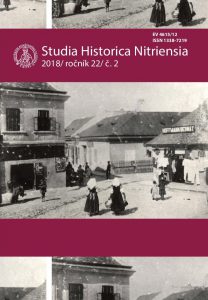
Keywords: Germans; Classical Literature; Clastidium; Spartacus; Caesar;
Traditionally, the passages of Posidonius or Caesar are considered to be the first mention of the Germans in the ancient literature. But, besides these well-known texts, there are still a few references that have been judged in the past, at least by some authors, that they might be authentic and precede Caesar‘s expedition to Gaul and his testimony about the Germans. The study discusses two of these references, the first is a known inscription from Fasti triumphales dated to 222 BC and the other is a tradition that preserves the Germans in the Spartacus‘ army. The article not only sums up the current positions to the two, but also brings a few observations of its own.
More...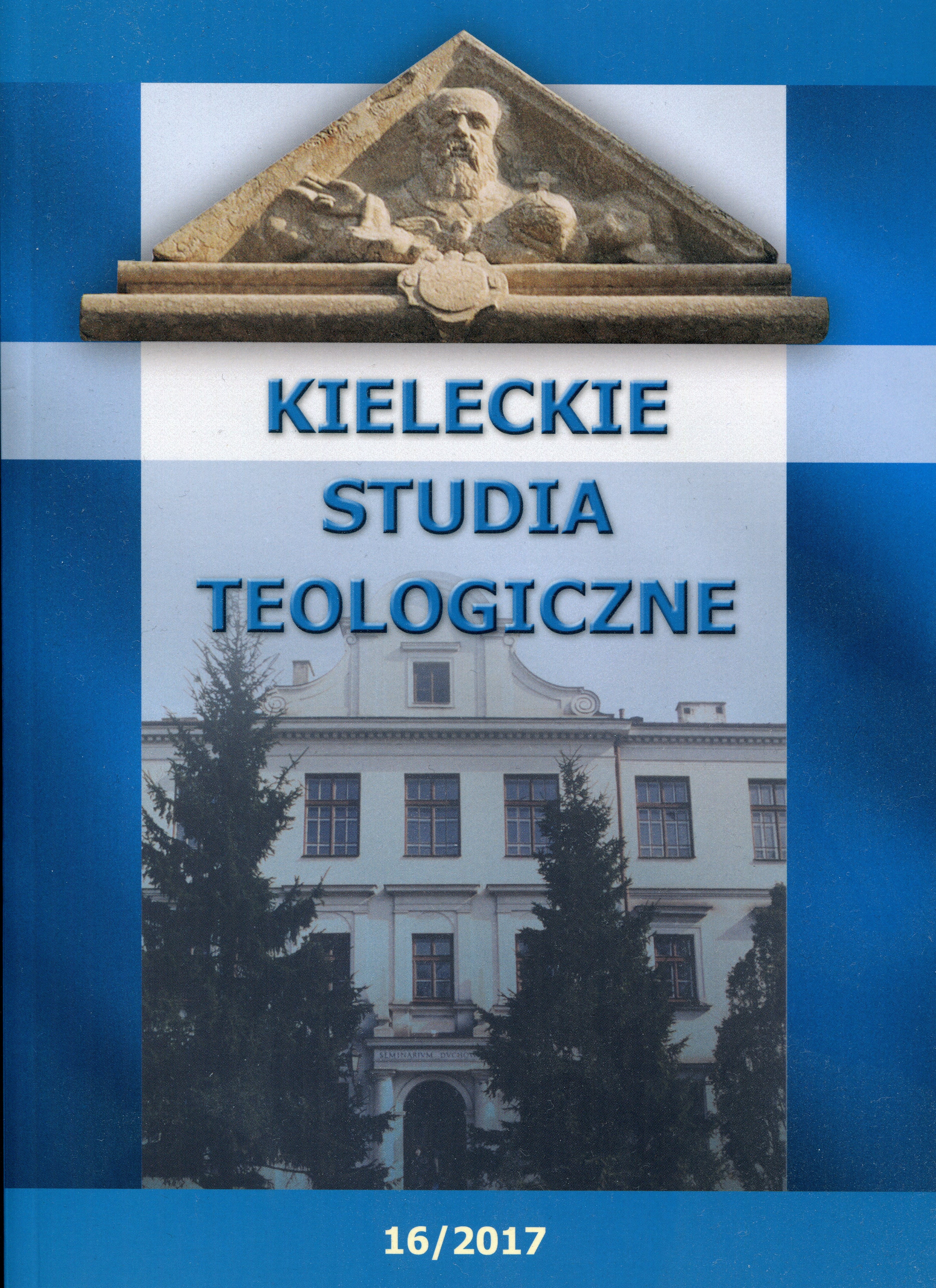
Keywords: hagiography; the lives of the saints; St. Medardus; exordium; narratio; argumentatio; epilogus
The article presents an early medieval hagiographic work known as “Vita sancti Medardi”. It is shown in the context of the ancient rhetorical literary tradition and Christian hagiography. The composition applies ancient principles of a literary work structure (introduction, narrative, argumentative, and ending), while the content is a continuation of motifs present in earlier Latin hagiography.
More...